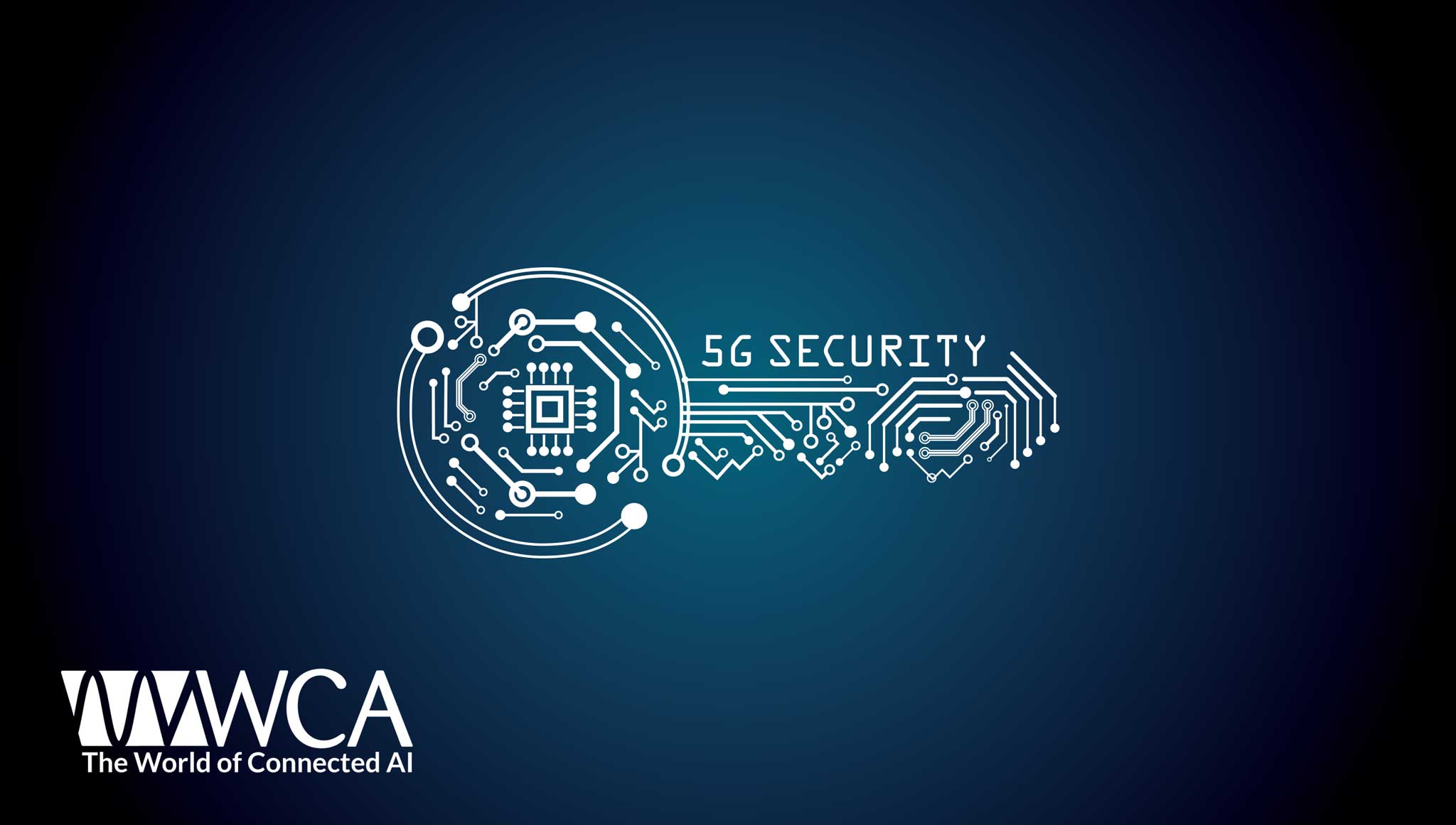
Understanding 5G Security Threats in the Enterprise
As more businesses adopt 5G for mobile connectivity, new 5G security threats are emerging that target devices, networks, and services. While 5G standards have improved cybersecurity, attackers continue to seek weaknesses to exploit. Mobile operators handle many protections, but enterprises also need their own safeguards. Let’s explore key 5G security threats facing organizations today and what CISOs can do to minimize the risks.
Major 5G Cybersecurity Threats
Enterprises face three main types of 5G security threats: attacks on 5G infrastructure, device-level vulnerabilities, and network unavailability.
1. Threats Against 5G Services and Infrastructure
Although operators follow 5G standards, not every security feature is enforced. Attackers may exploit these gaps to spy on users or intercept data. In some cases, subscription identifiers (SUPI) are transmitted without protection, allowing location tracking. This can expose sensitive enterprise information or employee movement patterns.
2. Attacks on 5G Devices
5G devices stay connected to multiple networks, such as Wi-Fi and Bluetooth, expanding their attack surface. Because they often sit outside enterprise-level security controls, detecting threats early can be difficult. This makes strong endpoint protection and device monitoring crucial for maintaining security.
3. Unavailability of 5G Networks
When a 5G network is unavailable, devices switch to 4G, losing the enhanced protections built into 5G standards. Attackers can exploit this through downgrade attacks that trick devices into using weaker 4G connections, leaving them exposed to interception and manipulation.
How to Defend Against 5G Security Threats
Defense in depth remains essential. Each security layer should compensate for potential weaknesses in others. Here are practical steps for enterprise CISOs.
Collaborate with Mobile Network Operators
Engage directly with your operator to understand which 5G security features are supported or required. Define your organization’s security needs in your service agreements. Request that operators enable subscription concealed identifier (SUCI) functions on both the network and SIMs to prevent location tracking.
Deploy Enterprise Mobile Security Tools
Use mobile security and management platforms to monitor 5G devices, detect intrusions, and enforce compliance. Strategic use of these tools helps reduce risk and respond quickly to suspicious activity.
Plan for 5G Network Unavailability
Establish clear policies for when 5G connections fail. You might require devices to use only 5G networks, permit 4G use with extra controls, or allow flexible connections if existing protections are strong enough. Your approach should balance risk with operational needs.
Staying proactive about 5G security ensures your organization can embrace innovation without exposing critical assets. As 5G evolves, so should your defenses.
Source: https://www.techtarget.com/searchsecurity/tip/What-to-know-about-5G-security-threats-in-the-enterprise


































































